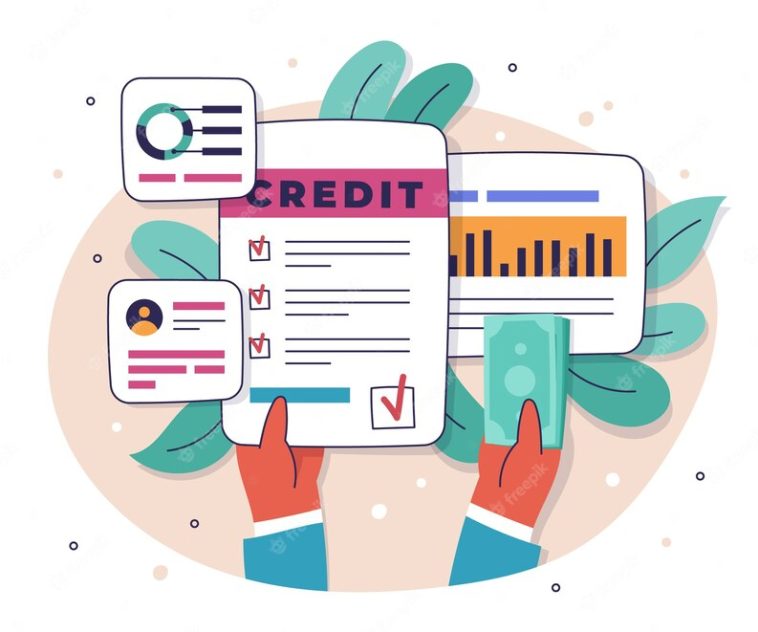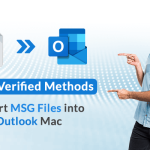As a credit cardholder, you should always consider reviewing your statement periodically. Your credit card statement contains the information on credit card uses covering purchases, payments, fees, interests, rewards etc. With your credit card statement, you can analyse your spending pattern and modify your financial behaviour.
A typical credit card statement appears lengthy and tedious. But it is worth paying attention to because it reflects your lifestyle and is helpful for future financial decisions. Your credit card bill will usually show your purchases, total payments, outstanding balance, payment due dates, credit limit, and rewards.
Let’s discuss how to obtain your credit card statement, how to review the financial data they contain, and how to make lifestyle changes based on the monthly bills. Learning this will help you become a better financial manager, keep you out of debt, and enable you to achieve your financial goals.
Ways of obtaining credit card statements
- Get the soft copy online
You can have your credit card statement sent to your registered email. In fact, you don’t need to request this – most credit card companies send it to customers every month. You can also access your credit statement when you log into the web portal of your credit card provider and via your credit card app on your mobile phone.
- Get the hard copy through the postal service
Your credit card issuer can send printed copies of your statement to your home address. The physical copies contain the same information emailed to you or found online. Some providers may need you to request hard copies of your statement before they are dispatched to your address, but they will usually send the soft copies to you automatically.
How to review the financial data in your statements?
Some information may require clarification if it is your first time receiving a credit card statement. You should not ignore it if you don’t understand the content. You must check for unauthorised charges, unreflected repayments, and other potentially questionable activity.
Being a responsible credit card user is not just about being mindful of bills charged to your card but also about being critical of all the perks in ratio to the charges. Be sure that your credit card uses reflect correctly on your statement. Therefore, whenever you get your statement, you should look out for the following things:
- Check your spending pattern
You should check for the type of purchases billed to your credit card. How important are they? At what cost are you buying them? If you pay closer attention to what it costs to get an item as against the perks, you can make informed decisions on future purchases and transactions.
- Review charges on transactions
Review the charges you are billed for each transaction on your credit card bill. Check the calculations to be sure that everything is fine. Ensure you were not overcharged for some purchases and there are no hidden charges. If you find any discrepancies, call the customer care of your card issuer to address them immediately.
- Cashback and reward points
You need to ensure that every reward or cashback reflects on your account. You want to see how they were converted and added to your balance. This would ensure you get credited for every benefit you were eligible for.
- Your repayment pattern
Check to confirm all repayments reflect in your statement. Then check whether you were able to meet up with payment deadlines or not. If you could not beat a deadline, did it reflect on your credit score and by what percentage?
- Your credit limit
You need to know your credit limit. You also need to analyse factors that make you eligible for higher credit limits. If your credit limit drops or is stagnant, you are free to ask questions from your customer care representative.
Typically, your credit card statement contains the following information:
- Your details as the cardholder.
- Your credit card uses – opening balance, purchases (debits), payments (credits), finance charges, and total dues.
- Your statement – payment due date, total dues, minimum amount due, credit limit, available limit, and available cash limit.
- Your total outstanding over a period, current dues, and minimum amount due.
- Transactions details – type of purchases, purchase date, purchase time, and purchase place.
- Reward summary – opening balance, earned points, points disbursed, points adjusted, closing balance, etc.
- Other offers and essential information on your card.
Credit cards are supposed to make online and offline purchases easier, and they are designed to enable you to achieve financial goals. But when misused, you can get into debt. But reviewing your credit card statement will help you review your financial performance and lifestyle. It will also enable you to take proactive steps to avoid impulsive purchases, late repayments, and other unfavourable financial behaviour.
Conclusion
You can get your credit card statement online via your email, credit card mobile app, and on the issuer’s website. You can also get it offline by having it dispatched to your registered address.




